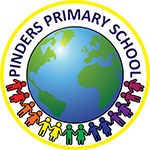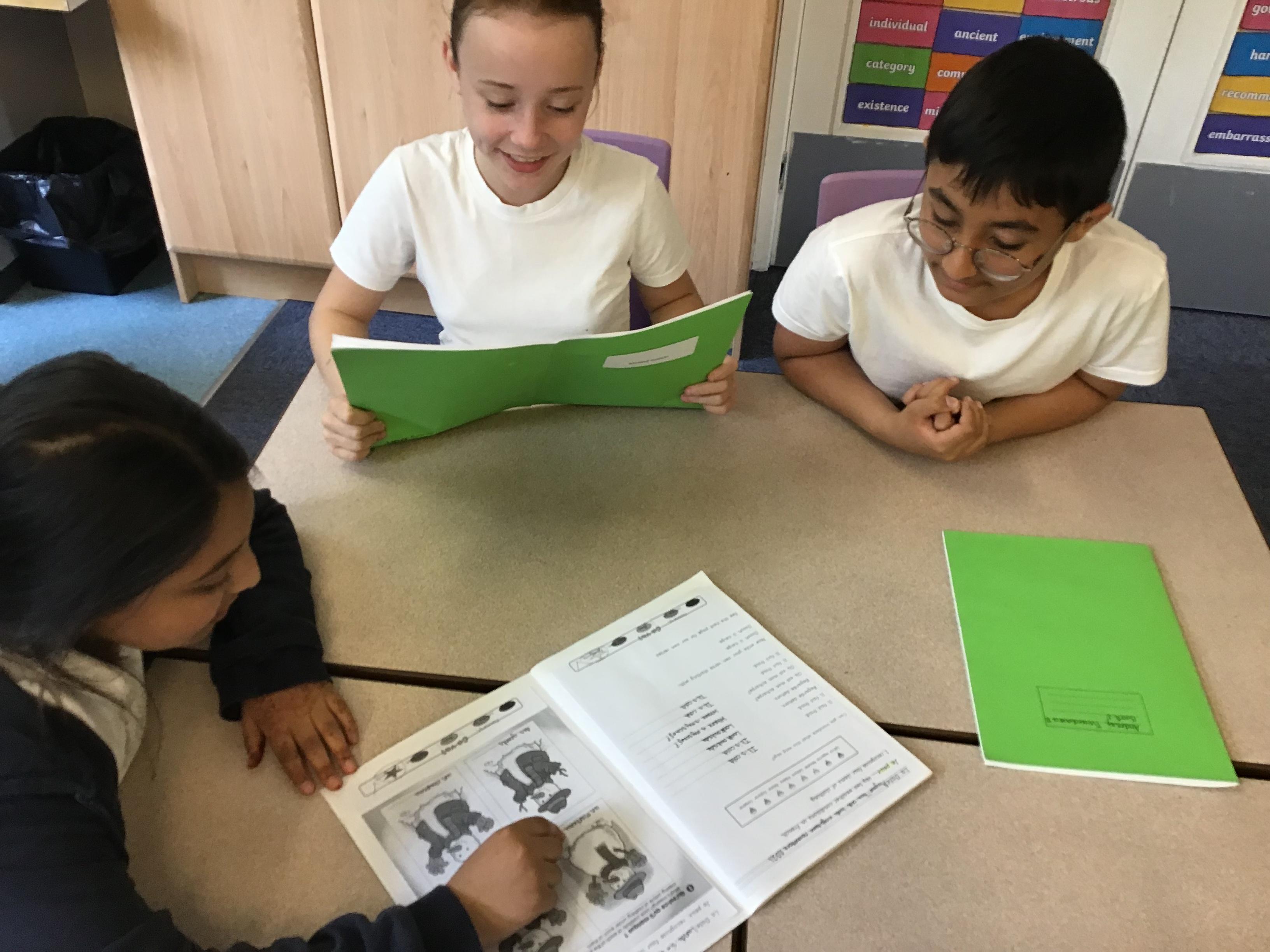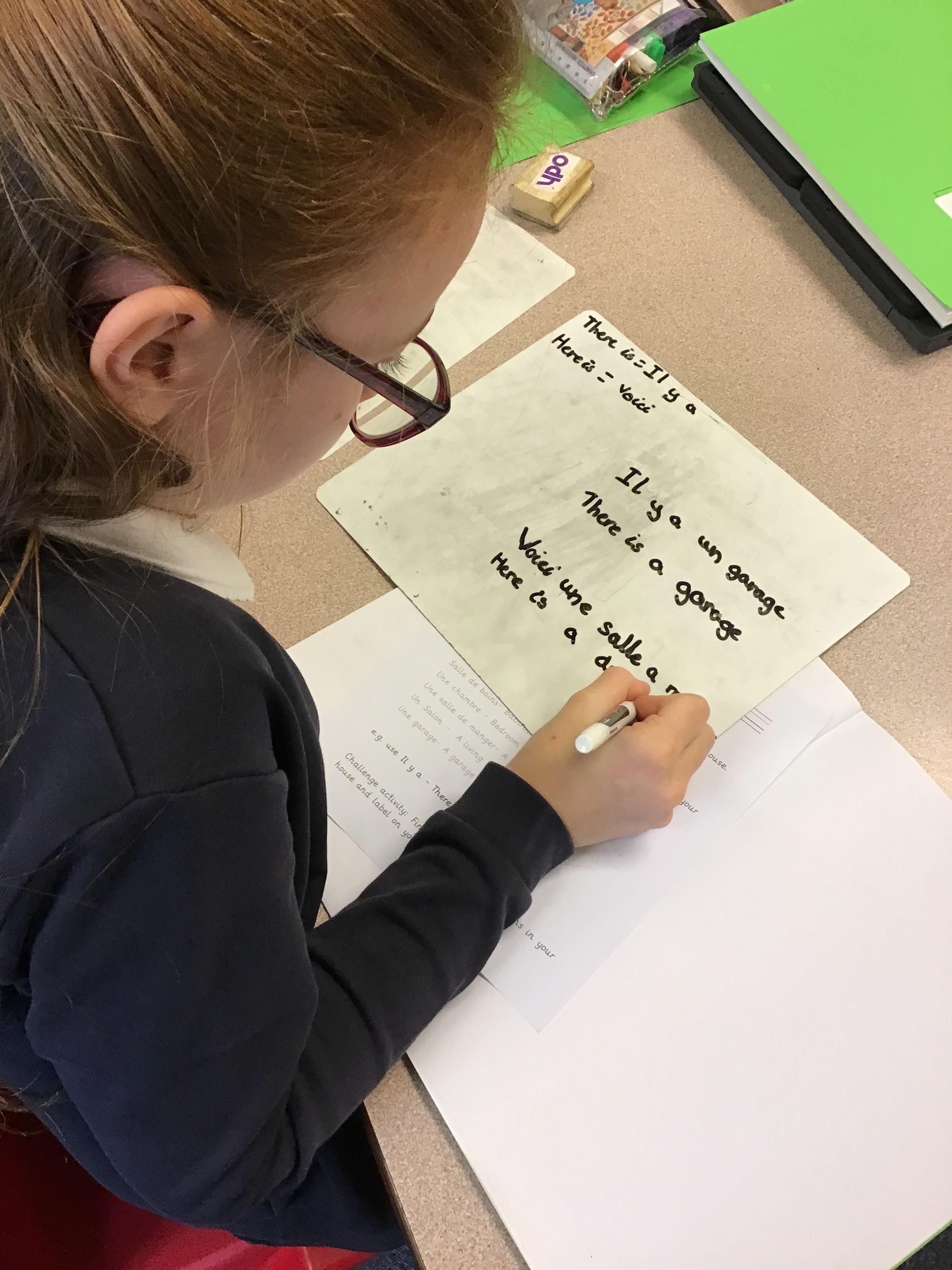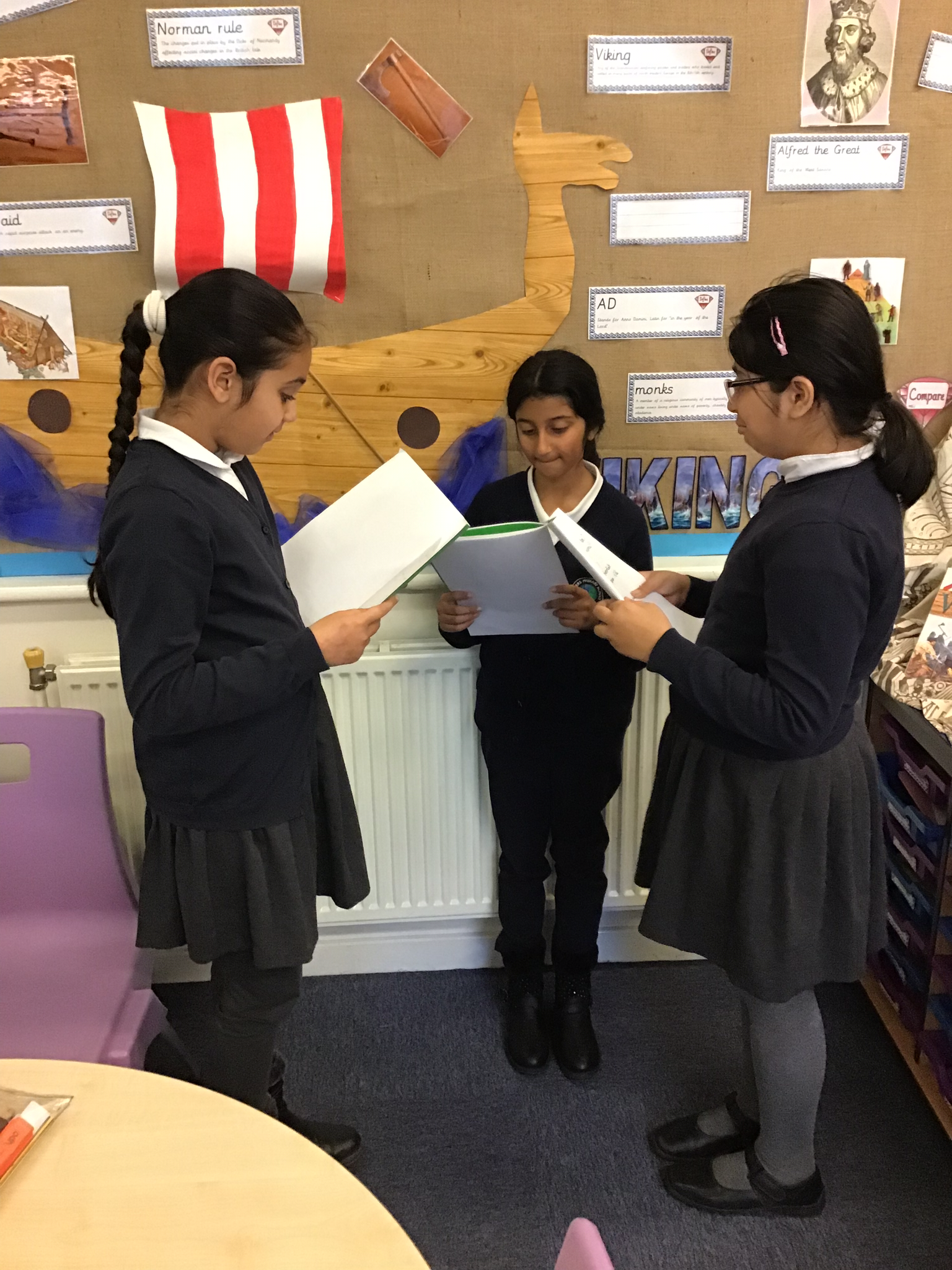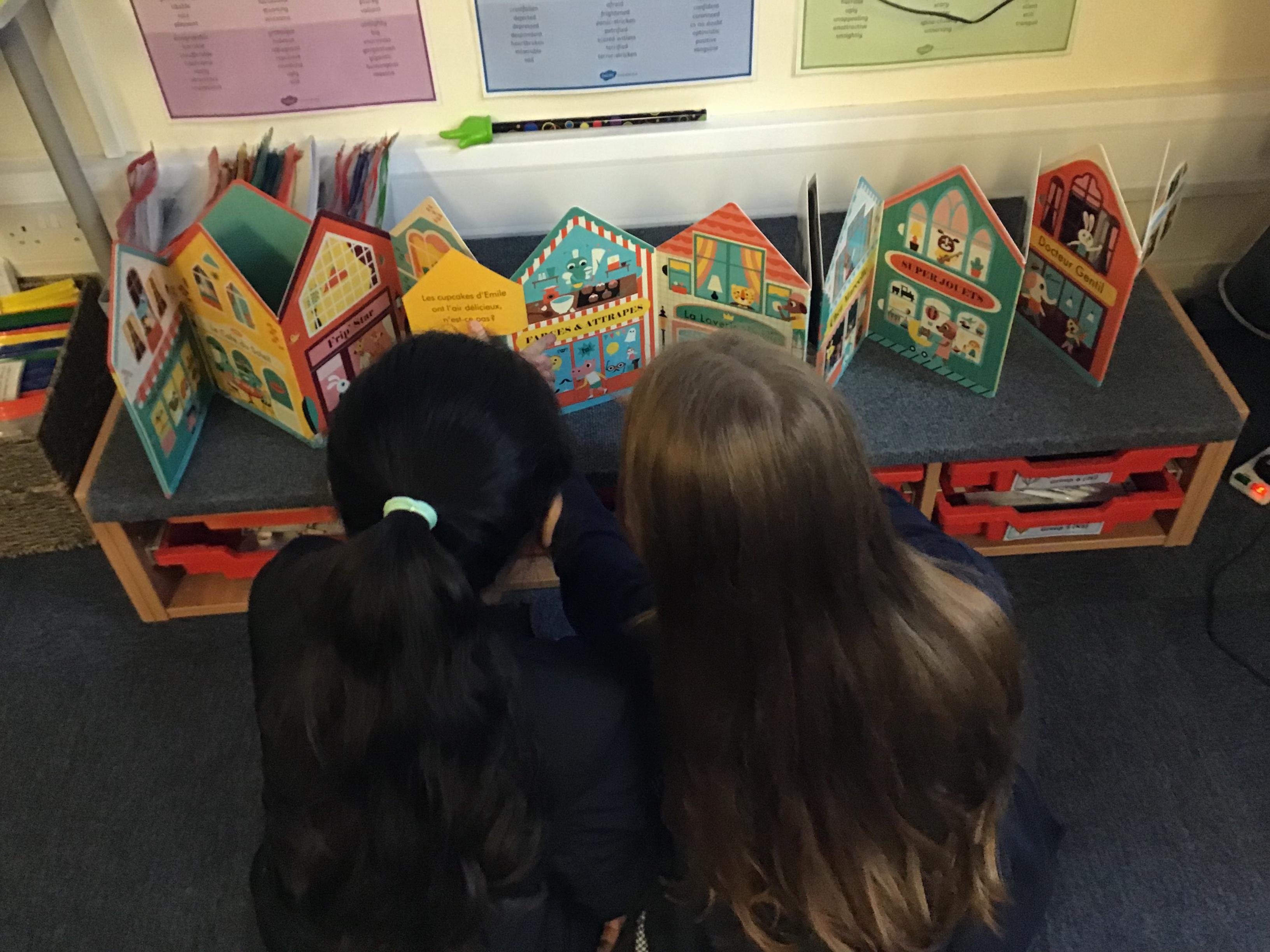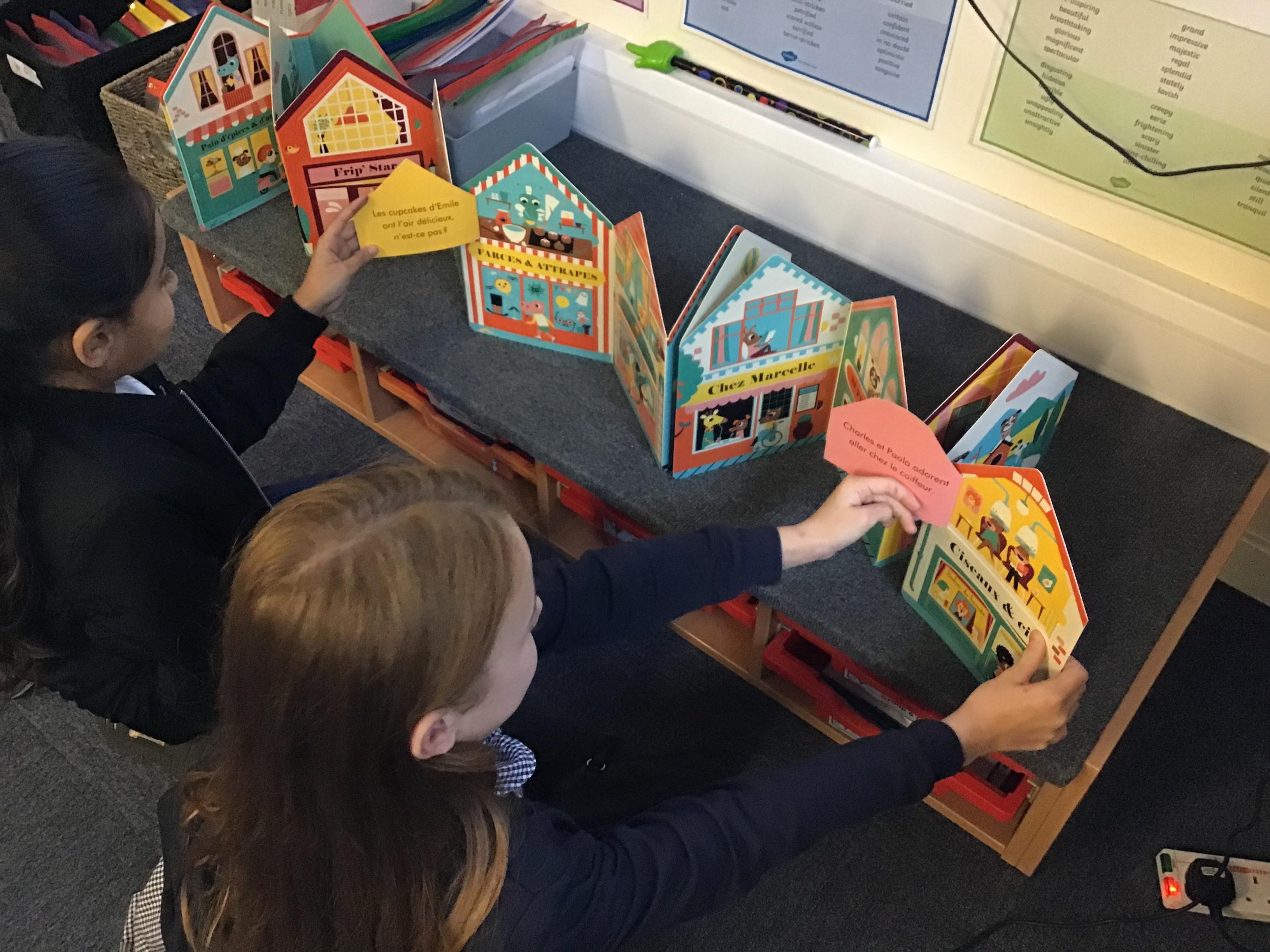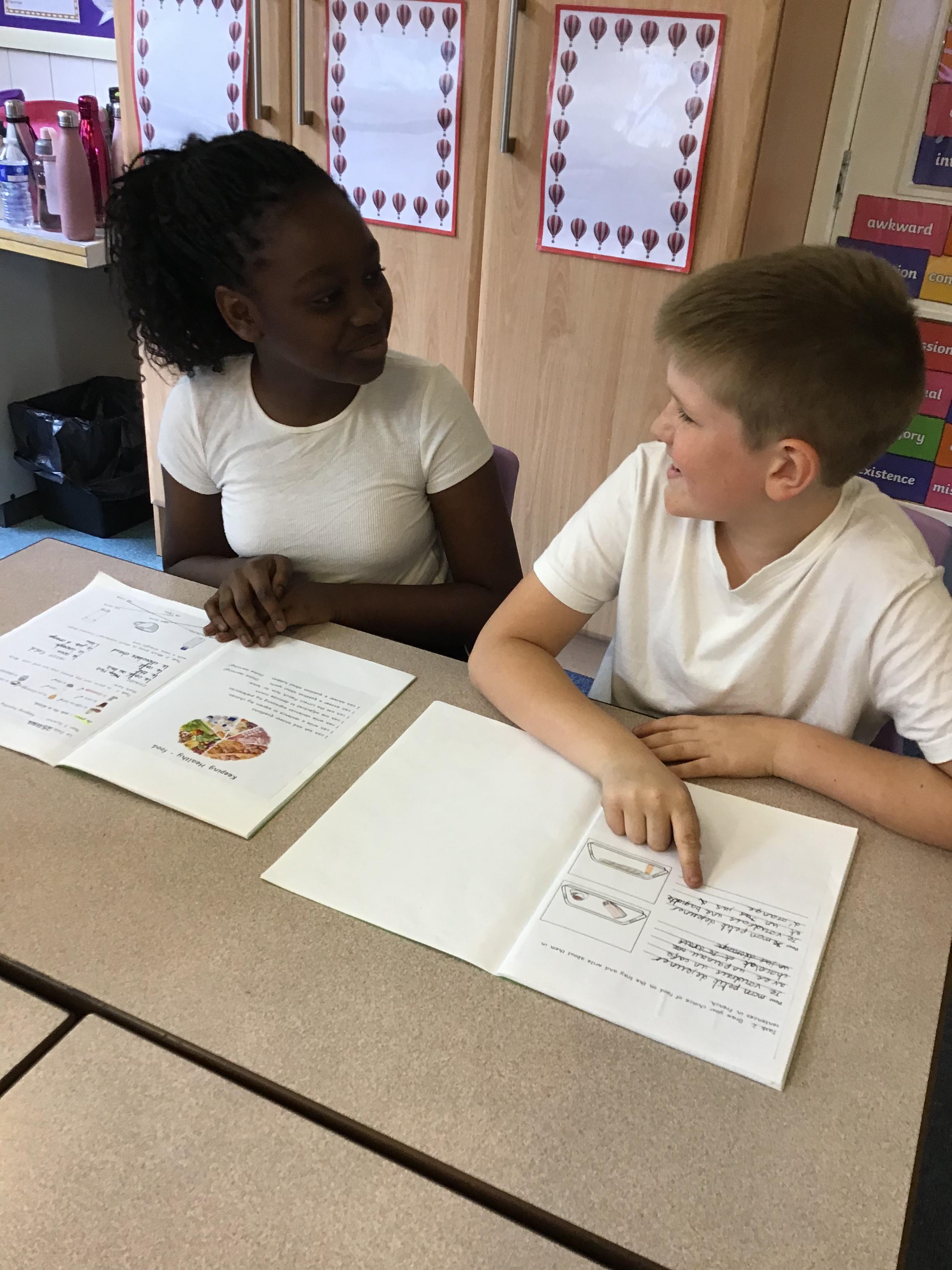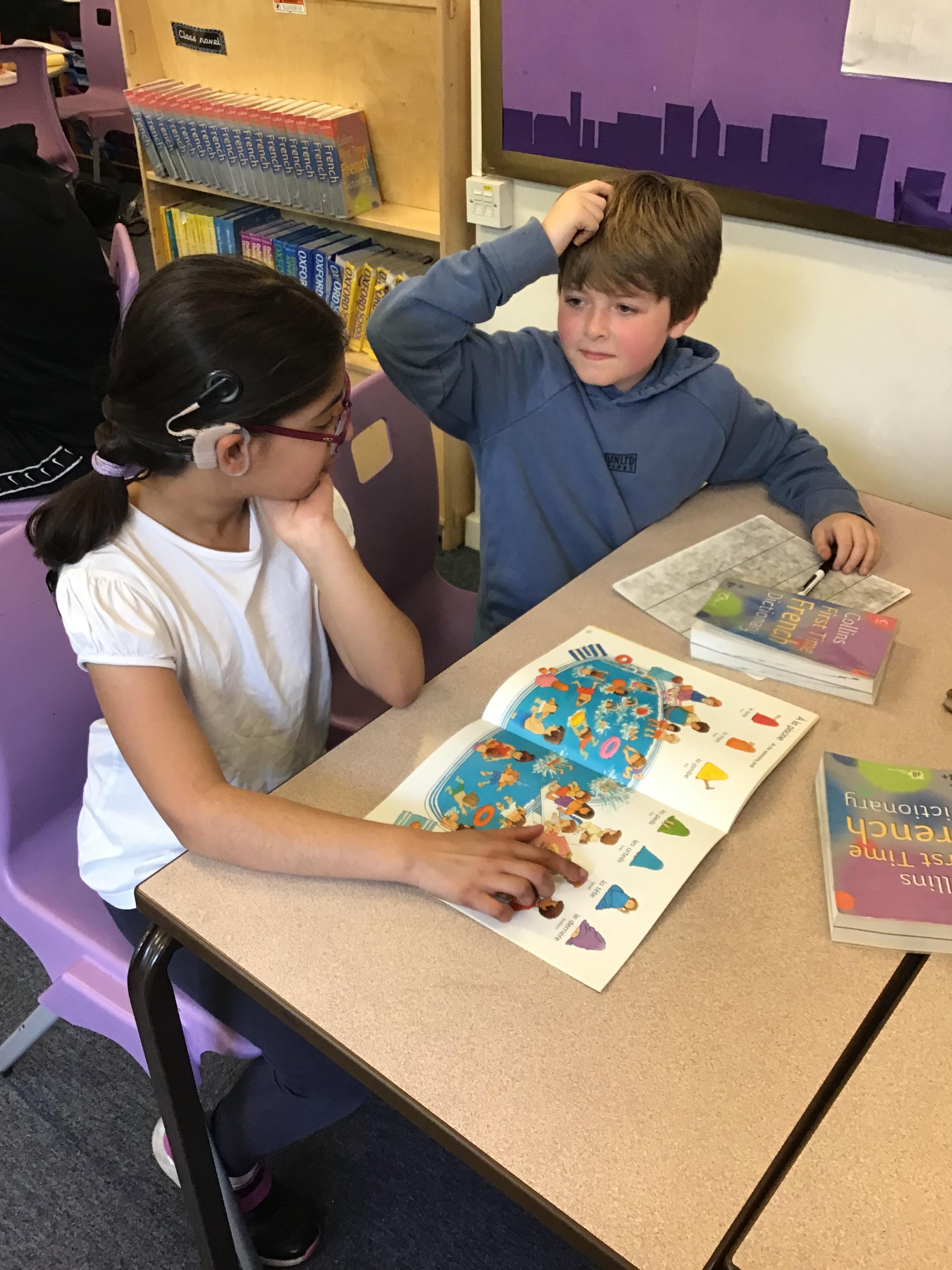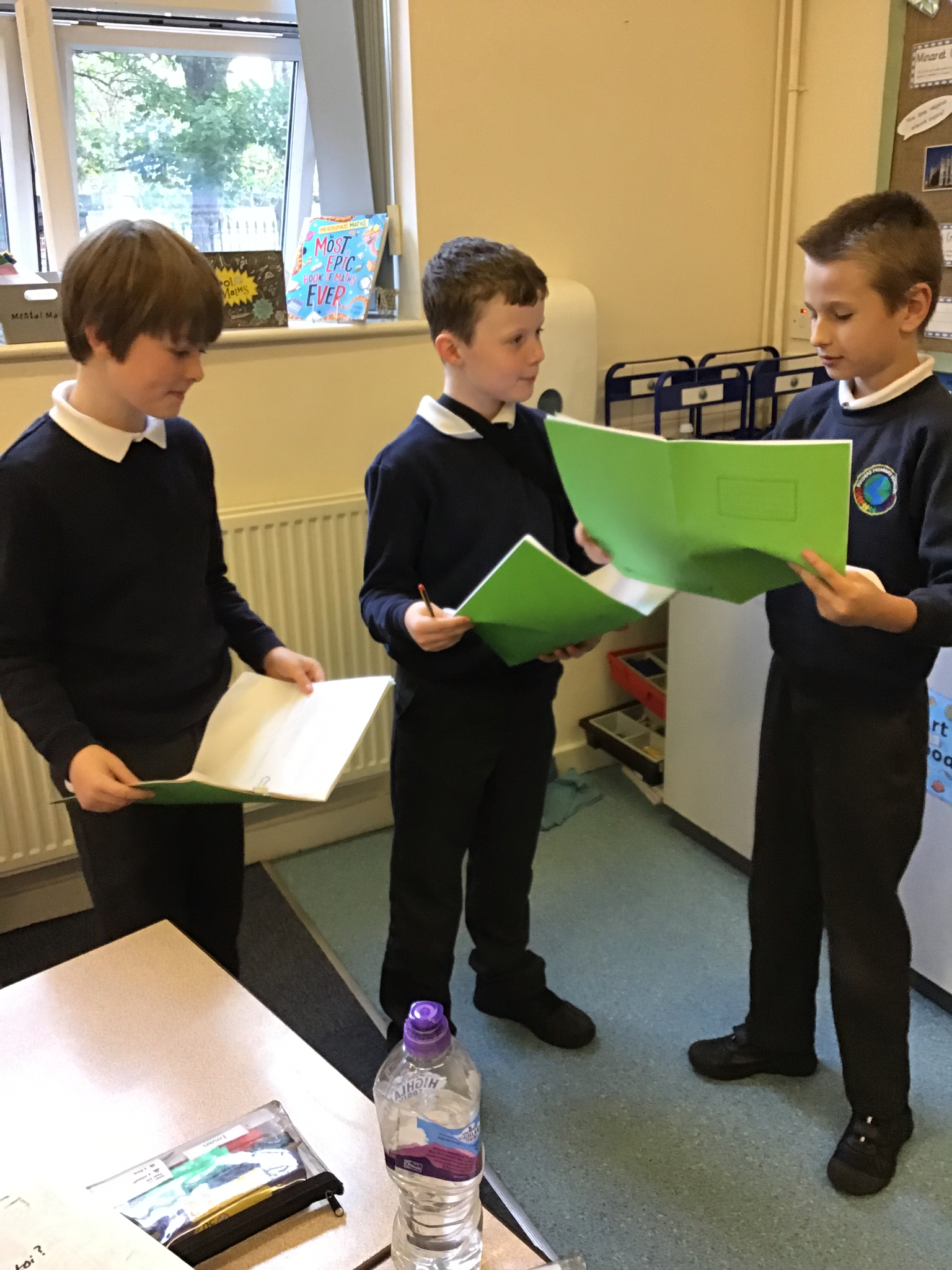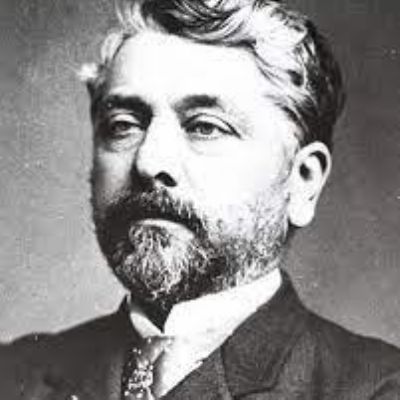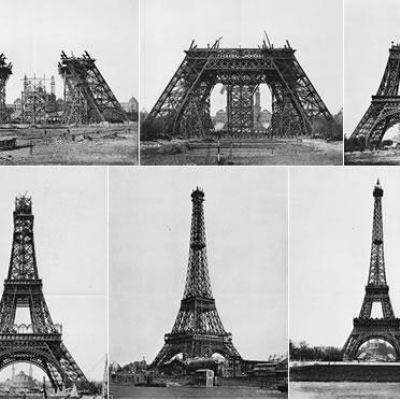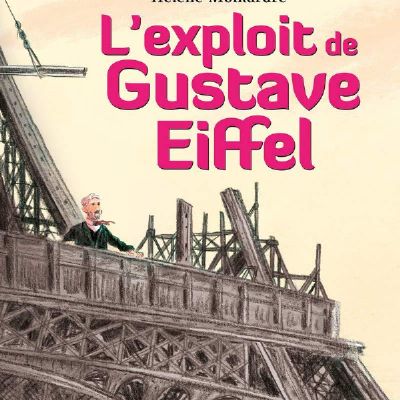French (MFL)
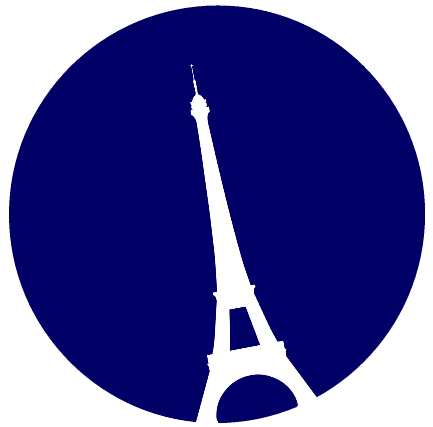
French
"Learning another language is not only learning different words for the same
things, but learning another way to think about things."
Flora Lewis
Subject Leader: Mrs Lightowler
Subject Governor: Ms J Davies
Curriculum Intent
Our MFL curriculum, using the Wakefield scheme 'La Jolie Ronde', is designed to progressively develop our children's skills in languages, through regular taught lessons and whole KS2 activities and opportunities. Children progressively learn, use and apply phonics, acquire a growing bank of vocabulary, learn basic grammar and sentence structure all organised around topics, based on speaking, listening, reading and writing. These approaches help equip our children to communicate, with the skills to be global citizens and to have a better understanding of languages as a linguist. The curriculum which runs on a two year rolling programme, has been carefully designed and developed to ensure children learn the appropriate phonics and vocabulary enabling them to have a successful language learning experience equipping them to continue language learning in further education. It focuses on learning vocabulary, grammar and phonics as the foundation that underpins all language learning. We have invested heavily in high quality books which children are encouraged to join in with. Stories that are already well known to the children such as Elmer and We're going on a bear hunt, have been carefully selected in their French versions for their simplicity, colours and pictures. The aim of these stories is to inspire children to want to learn to read in French and give opportunities for further language learning. Curriculum plans are available in school should you wish to view them.
Our Language Backgrounds
We are a wonderfully diverse school with children from backgrounds from all around the world learning here. Due to this, we have a myriad of languages spoken at home and different understanding of how language is used and created. Currently, we have children speaking 34 different languages outside of school. That means over 200 children in our school already speak at least one other language as their primary language at home. So many of our children are already linguists!
Aims in teaching French at Pinders Primary School:
We aim to:
- · be able to find similarities and differences in languages
- · make connections between language structures
- Understand grammatical rules for sentence structures
- Understand the use of gender for nouns in French
- · communicate effectively in a different language
- · use phonics to read, speak and write in sentences
- · understand and appreciate different culture
How content and themes are chosen
Our French National Curriculum Programme
How is the subject taught?
French is taught in discrete half hour sessions by teachers in Year Groups. Lessons are based on "La Jolie Ronde" and include learning in phonics, grammar and sentence structure, as well as cultural knowledge and appreciation. Each lesson is designed to build on the last and progress the children from using phonics to speak single words to listening or reading them and finally using those words correctly within sentences (either spoken or written).
We also encourage our children to speak French outside of the classroom and have peer to peer learning through the introduction of French Ambassadors and a French Food cart where children order in French.
How do we ensure a progression of knowledge and skills?
Peer to peer learning
Cultural Capital
Cultural capital is the accumulation of knowledge, behaviours, and skills that a child can draw upon and which demonstrates their cultural awareness, knowledge and competence; by learning about other cultures and comparing them with our own, this means children learn about both. By learning a different language and about a different culture reinforcements of British values are made.
Famous People in History
Gustav Eiffel
Gustav Eiffel was born in Dijon, in France in 1832. He was a engineer and he founded a company specialising in metal work. His most famous construction is the Eiffel Tower which is now a famous landmark in Paris. He also worked on the Porto viaduct, the dome of the Nice conservatory and the structure of the Statue of Liberty.
